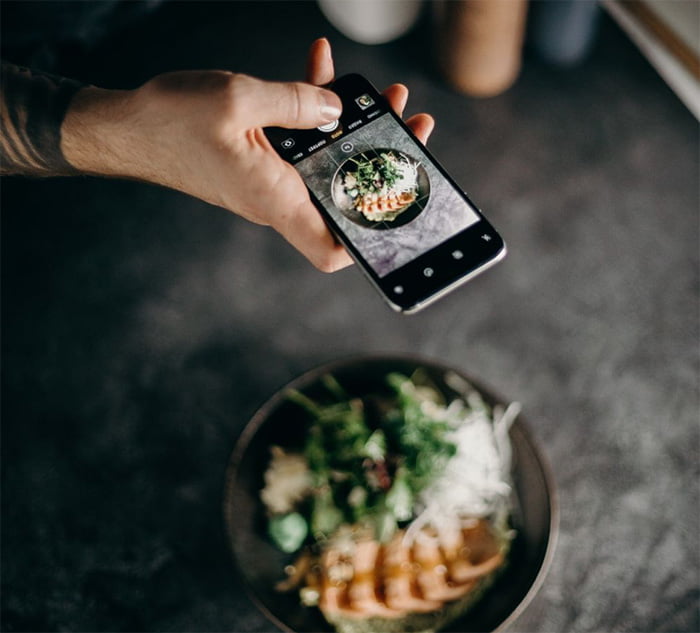3 Social Media Marketing Mistakes Brands Should Avoid
In the past, social media mainly involved playing Flash games with friends, posting status updates, and sharing picture collages. While platforms like Facebook still offer those functions, social media has evolved from a personal communications and entertainment medium into a powerful business tool.
The results of a survey conducted globally found that 86% of companies experienced increased exposure for their brand through the use of social media. Given these benefits, it’s no wonder that many businesses invest in a robust social media marketing strategy.
However, beware, poor marketing still exists on social media and simply posting on a platform like Instagram won’t guarantee success for your brand. So, with that in mind, we’ve identified three common social media marketing mistakes which any food & drink brand needs to avoid – and provide guidance on what can be done to prevent these pitfalls.
Going Off Brand
There is a fine line between trying something fresh and veering off brand, and food brands should be careful with the latter. Many have taken to injecting a bit of humour on social media, like the time Burger King UK dined out on a comment Kanye West posted on Twitter. While this formula is a great way to humanise a vast business empire, it might not work well for others, even if it is effective for follower engagement.
The brand voice should always reflect a company’s core goals, including the image it presents to its target audience. Ask the following questions before employing this tactic: Is it appropriate? Does it align with our brand voice? Is it necessary? If the answer to any of the questions is “no,” then it’s best to rethink your approach.
Right post, wrong time
The times at which you post on social media matter and it can have a dramatic impact on your engagement rate. Timeliness has always been an especially important factor on Instagram, and it’s even more crucial now with the new algorithm in place. While there is data on the best time to post on Instagram, overall it is believed that between 2pm and 4pm (in the UK) represents the optimum time slot, however this may not be the best time for your business. You can fine-tune the ideal posting times for your brand by looking at audience analytics to track when your followers are the most active. You can use Instagram’s native analytics tool to do this. However, you can access more specific data with third-party apps that provide key insights into your audience’s age, gender, location and language. These tools can help you develop a tailor-made posting and content plan — and they can also be used to schedule your posts.
Instagram is such a visually appealing platform and food & drink brands are well placed to reap the benefits by taking advantage of optimal posting times. For instance, sharing a stunning photo, video, or story of a newly released burger can help sales skyrocket. Just be sure to post during prime times, so your efforts don’t go unnoticed.
Ignoring Followers’ Questions and Comments
A brand’s relationship with its audience is another essential component of its success. Some food & drink businesses become fixated on the volume of their posts at the expense of neglecting to engage with their customers. However, every comment, question, or message needs a response, as much as possible.
Brands that don’t make their followers feel valued and listened to will be overtaken by a competitor who takes the time to respond. Start by answering queries posted by direct messages, replying to comments, and even running polls on different platforms to attend to people’s concerns and encourage further engagement.
Being meticulous with your social media strategy is crucial if you want great results. We previously discussed focusing on ROI for marketing strategies here on The Food Marketing Experts whether it’s for social media, PR, or advertising. By identifying what works, you can avoid common mistakes like those listed above.
Lastly, don’t forget to have a little fun! Social media is also about creativity and connecting your food & drink with your target audience. Adopt a well thought out strategy, and this strand of marketing has the potential to help your brand really shine.
Written by: Allie Cooper


